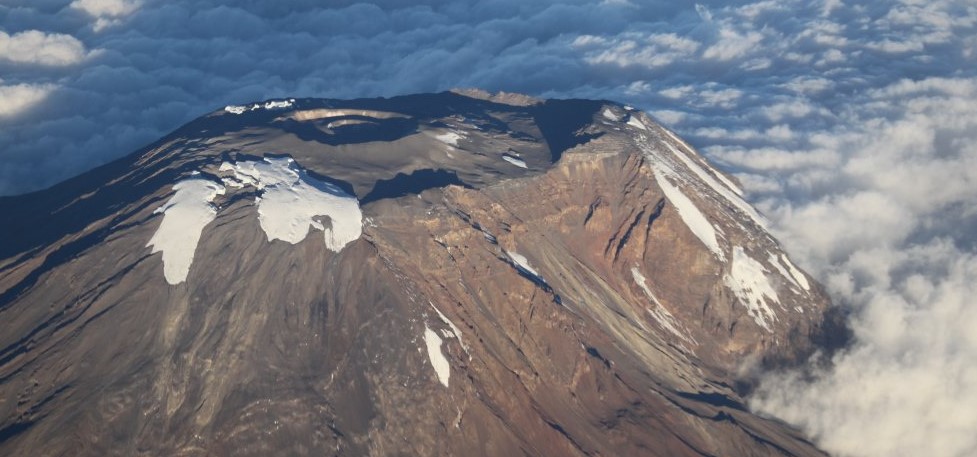Why are Kilimanjaro So Prominent?
Kilimanjaro's Prominence: Nature's Majestic Wonder
Kilimanjaro’s Towering Grandeur
In the heart of East Africa, where the savannah meets the sky, stands a majestic sentinel—the mighty Mount Kilimanjaro. Revered as the “Roof of Africa,” Kilimanjaro’s prominence in both the geographical and cultural landscapes is undeniable. This blog post embarks on a journey to uncover the secrets behind the prominence of Kilimanjaro, from its geological origins to its profound cultural significance.
1. Geological Marvel: The Making of Kilimanjaro
Elevation Through Earth’s Forces
Mount Kilimanjaro, a dormant stratovolcano, owes its prominence to the cataclysmic forces of Earth. Its formation began millions of years ago when tectonic plate movements caused the East African Rift Valley to crack. Through successive volcanic eruptions and lava flows, Kilimanjaro emerged as a dominant force on the African continent.
Its towering prominence is a result of the confluence of three volcanic cones: Kibo, Mawenzi, and Shira. Kibo, the highest of the three, crowns Kilimanjaro with Uhuru Peak, the highest point in Africa. The geological history etched into Kilimanjaro’s slopes is a testament to Earth’s enduring transformation.
2. Ecological Diversity: Kilimanjaro’s Biodiversity Oasis
Life Flourishes on the Slopes
While Kilimanjaro’s summit is often associated with snow and ice, its lower slopes are a lush oasis of life. The mountain’s unique climatic zones, ranging from tropical rainforests to alpine deserts, nurture an astounding variety of flora and fauna.
Botanists are drawn to Kilimanjaro for its endemic plant species, like the remarkable Kilimanjaro tree. Meanwhile, wildlife enthusiasts can encounter elephants, leopards, and various monkey species in the rainforests, demonstrating that life thrives in even the harshest of environments.
3. A Cultural Icon: Kilimanjaro’s Human Connection
Inspiration for Myths and Legends
Kilimanjaro’s prominence extends beyond the geological and ecological realms—it holds immense cultural significance. For centuries, local Chaga and Maasai communities have revered the mountain as a sacred entity, attributing spiritual importance to its majestic presence.
Moreover, Kilimanjaro has inspired writers, artists, and explorers throughout history. Ernest Hemingway’s “The Snows of Kilimanjaro” immortalized the mountain in literature, while modern-day adventurers come to test their mettle and reach its fabled summit.
4. Climbing Kilimanjaro: A Personal Challenge and Global Attraction
Conquering the Uhuru Peak
One of the most compelling reasons for Kilimanjaro’s global prominence is the challenge it poses to climbers. Each year, thousands of trekkers from around the world attempt to reach Uhuru Peak, not just for personal achievement but also for the awe-inspiring vistas it offers.
The diversity of routes, ranging from the popular Marangu Route to the more demanding Machame Route, caters to climbers of all skill levels. While reaching the summit is a demanding physical challenge, it is also a testament to human determination and the allure of Kilimanjaro’s prominence.
5. Climate Change and Kilimanjaro’s Melting Glaciers
The Fragile Beauty of Snows and Ice
Kilimanjaro’s glaciers have been retreating over the years, a stark reminder of the impacts of climate change. Scientists have been monitoring the decline of these ice formations, and their findings underscore the urgency of addressing global climate issues.
The glaciers atop Kilimanjaro are not just ice; they are a symbol of our planet’s vulnerability. Kilimanjaro’s prominence is now intricately linked to the global conversation on climate change, making it a poignant emblem of environmental awareness.
6. Conclusion: Kilimanjaro’s Enduring Prominence
Kilimanjaro: A Symbol of Nature’s Majesty
In conclusion, Mount Kilimanjaro prominence is a tapestry woven from geological marvels, ecological diversity, cultural reverence, personal challenges, and environmental concerns. It is not merely a mountain but a symbol of Africa’s grandeur, human resilience, and the fragile beauty of our planet.
As long as Kilimanjaro stands tall against the African sky, it will continue to inspire awe, beckon adventurers, and remind us of the profound connections between Earth, nature, and humanity. Kilimanjaro’s prominence is a call to action—to explore, protect, and appreciate the wonders of our world.





